15 Surprising Facts About Soda
Introduction
Soda drinks are soft drinks that can trace their origins back to the
introduction of carbonated water. The first such drink was introduced in 1767 in
England by Dr. Joseph Priestly. Later, Torbern Bergman from Sweden invented an
apparatus that made it possible to produce carbonation by using sulfuric acid,
all which allowed the fizzy water to be produced in large quantities. The
reference to “soda water” was initially coined in 1798.
Torbern Olof Bergman (1735-1784)

By 1810, a U.S. patent allowed for the mass manufacture of mineral-type
waters. However, beverages made with carbonation did not gain popularity until
1832. At that time, John Mathews invented a device for creating carbonation that
could be mass-produced.
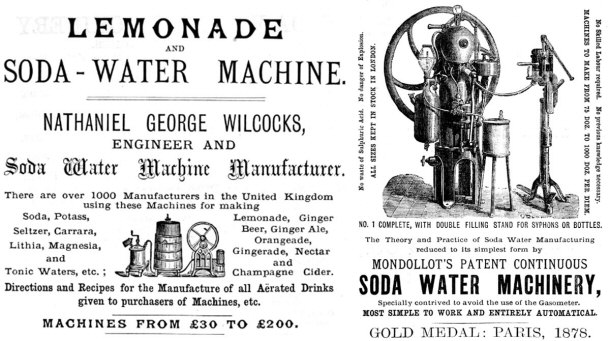
Soft drinks became as much of a favorite beverage as Starbucks is today. By
1835, the first bottle of soda water was available for purchase in the United
States. Soda has become one of the most recognized beverages in the
world. The mix of flavoring, carbonation, and sweetness all work together to
make the soda an interesting drink. The following facts draw peoples’ interest
to the beverage too.
15) Soda Used
to be Sold in Pharmacies
The first purchasers of soft drinks did not buy them from vending
machines or supermarkets as they are today. Pharmacies in the
United States used to have soda fountains where customers were able to order all
sorts of beverages ranging from simple mixtures like cherry coke (available
later on), to more
complicated mixtures that were first marketed as tonics. The drinking of carbonated water was considered healthy as mineral waters
were touted in the early part of the 19th century. In turn, pharmacists started
adding flavoring to the artificial water in the form of sarsaparilla, fruity
extracts, and dandelion.
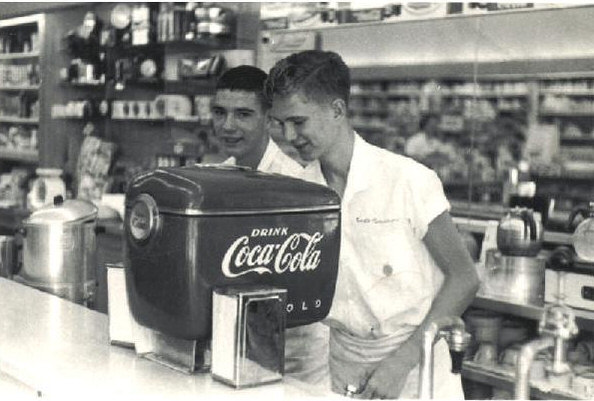
That’s how the soda fountain became a central feature
in the early drug store. Similar to patent medicines, these early sodas had more
moxie in their claims then they did in any kind of practical application. Those
who served these bubbly drinks were called soda jerks. Their name came from the
way they continuously jerked at the soda fountain handles while serving
customers.
Soda Jerk & Traditional Soda Fountain
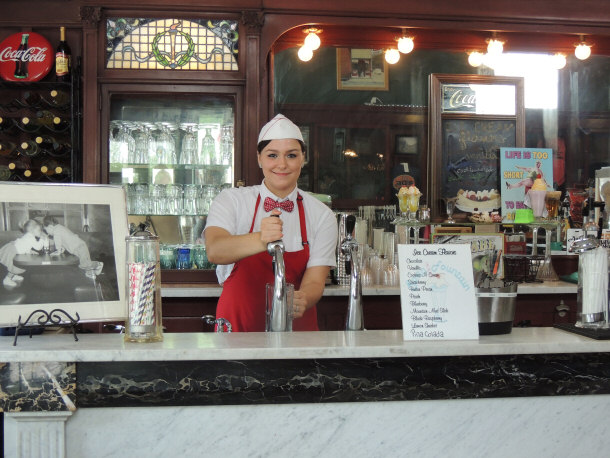
By PumpkinSky
via Wikimedia Commons
14) Soda Is the #1 Source of Calories in America
For years, soda has been a
symbol of American culture and one of the beverage staples of the average
American’s diet. However, since 1998, the consumption of soda in America has
dropped 16%. According to studies, Americans drink about two sodas a day.
Therefore, people are gradually making healthier choices when it comes to
drinking the beverage. Nevertheless, soda is still a big part of American
consumption, and is the main source of calories for the average citizen.
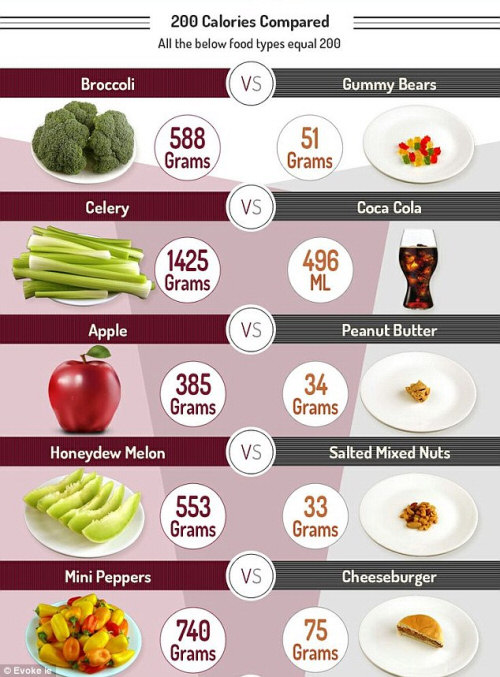
While Americans may receive a good deal of calories from such favorite junk
foods as hamburgers, fries, and pizza, even more calories are consumed from
sugared soda drinks. Therefore, when you assess the practice from the standpoint
of health, drinking soda leads the way with respect to obesity.

Because people are gradually making attempts to reduce their soda
consumption, cola manufacturers, in turn, are investigating alternatives for
sweetening their products – all which is meant to promote “more healthful”
drinking as well as “healthy” profits.
13) 7 Up Originally Contained Lithium
Lithium, which is an element used in medicine to treat mental illnesses such
as bipolar disorder, schizophrenia and depression, was once used as a key
ingredient in the popular soda, 7 Up. In fact, the original name for the soft
drink was Bib-Label Lithiated Lemon-Lime Soda. Not only was lithium part of the
drink’s ingredients, it was featured prominently in drinking the beverage in the
first place.

By me
via Wikimedia Commons
Given that the lengthy name was not particularly catchy, it wasn’t long
before it was shortened to 7 Up Lithiated Lemon Soda. By 1936, the name had been
further clipped to “7 Up.”
The inventor of the drink was Charles Leiper Grigg, who introduced the
concoction in 1929. Where the 7 Up designation comes from, no one knows for
sure, but some suggested that the “7” in “7 Up” referred to the soft drink's 7
ingredients or the bottle's size, which was 7 ounces.
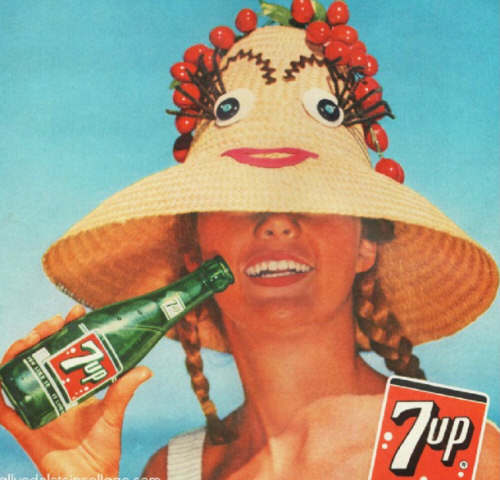
The reason lithium was originally added to the product was because minerals,
available in natural springs, were often added to the early soft drinks. A
number of companies, at the time, added lithium to lemon and lime type sodas. In
fact, the lithium citrate that was contained in 7 Up at the time supported the
drink’s reputation as being a hangover cure.
Because most of the soft drinks originally were marketed as pharmaceutical
remedies, ingredients were added that would cause eyebrows to raise today. The
lithium in the drink was removed in 1950.
12) Research Study Links Drinking Soda with Depression
Given that lithium
once was added to 7 Up and is noted to cure depression, it is rather ironic that
soda now is linked to depression itself. Given its sweet and bubbly composition,
you would think that drinking a soda would make a person feel good. However, one
study concluded that a correlation exists between the consumption of soda and
depression.
Van Gogh's Sorrowing Old Man ('At Eternity's Gate')

According to the results of the study, which appeared online in ScienceDaily
in January 2013, drinking sweetened soft drinks, especially diet soda, can
increase depression risk. The study, which was released on January 8, 2013, was
presented at the annual meeting of the American Academy of Neurology in San
Diego from March 16 to 23 of the same year.
The study’s author, Dr. Honglei Chen, stated that “sweetened
beverages . . . may have important mental health consequences.”
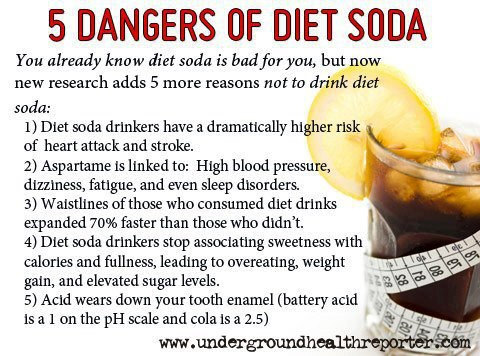
Close to 264,000 individuals, aged 50 to 71, took part in the research. In
addition to soda, fruit punch and sweetened tea and coffee were consumed. After
a 10-year period, approximately 11,300 diagnoses for depression were made.
What's more, it was found that people who consumed over four cans of soda per
day were 30% more likely to suffer from depressive episodes. Plus, the risk was
more pronounced for people who drank diet soda versus the regular kind of soft
drink.
11) Cream Soda is Different in Almost Every Country
Cream soda is indeed a
unique beverage as it is regarded differently from one country to the next. Both
the flavoring and color vary in certain locales. Invented in 1852, the soda
usually exhibits a vanilla-like taste. However, unlike other soda drinks, cream
soda really has never been defined by a color to distinguish itself from other
types of soda drinks.
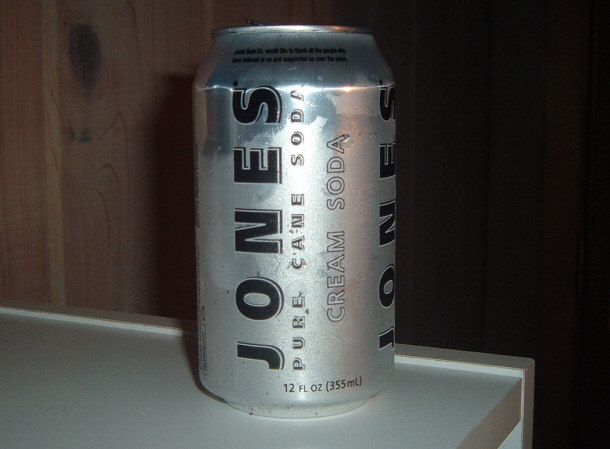
In the U.S., cream soda is transparent or pale brown and has a vanilla taste.
However, the beverage in South Africa has a more flowery taste and is usually
green. Cream soda in Australia, frequently referred to as creaming soda or
creamy soda, is dark brown or bright pink, and, as in the U.S., has a vanilla
taste.
10) Dr Pepper Can Be Consumed Hot or Cold
Typically, Dr Pepper is consumed
cold like any other soft drink. However, in the 1960s, the drink’s manufacturer
decided to promote the idea of drinking the beverage like you would hot apple
cider. Because of lagging sales during the winter months, the brand began
promoting the idea of drinking Dr Pepper, heated from the stove top, all which
made the soda more syrupy and thick.
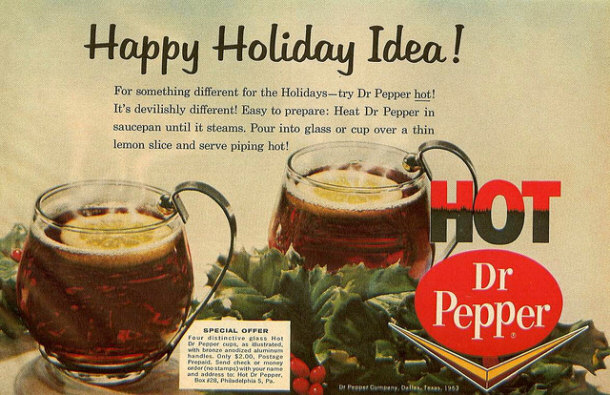
While the promotion was not a huge success
nationally, sales did pick up a bit in the southern U.S. states.
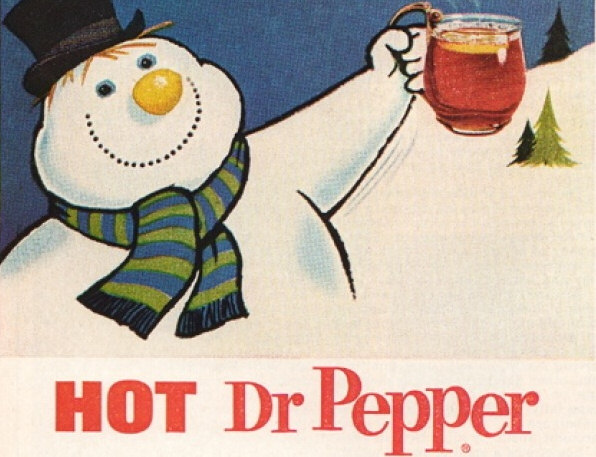
9) Soda Typically Has A More Acidic pH Level Than Acid Rain
From all the
data that has been gathered about soda, it is clear that it isn’t the healthiest
of drinks to consume. One fact, in particular, underscores the harm that can be
caused by consuming too much of the beverage.
Where Acid Rain Comes From

Research shows that soda generally causes higher acidic pH levels than acid
rain. Therefore, drinking too much soda can also damage one’s teeth. Plus, it
does not matter whether you drink regular or diet soda – the damage is the same.
Generally, cola-flavored sodas can do more harm in this regard.
8) Mountain Dew Was Meant to be Mixed with Whiskey
Mountain Dew, one of the
world’s most popular brand sodas, was developed with the intention of adding the
drink to whiskey. However, after the drink was developed, the manufacturer found
that Mountain Dew could be served alone.
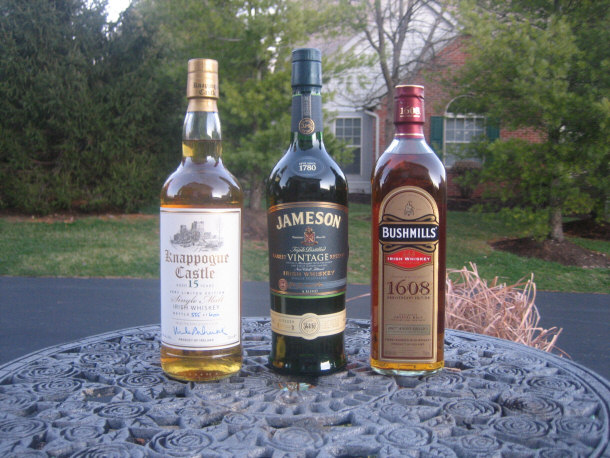
By Hammersbach
via Wikimedia Commons
7) Sodas are Available in Self-freezing Varieties
In 2007, Coca-Cola
announced that is was about to revolutionize the way soda was consumed with its
introduction of the self-freezing bottle. The company revealed it had developed
a bottle that froze the drink when one opened it.
Despite the hype that surrounded the announcement at the time, the bottles
were only introduced to the Hong Kong market. It was not until 2013 that news of
the self-freezing soft drinks hit the mainstream and the Internet. By then, a
number of videos online featured people using the bottling. Brands, such as
Sprite, were also using the technology.
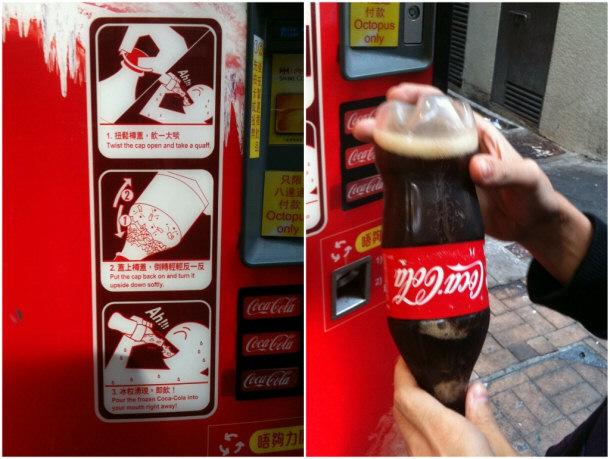
The idea of self-freezing bottles was particularly attractive to people who
felt ice diluted a soda’s flavor. The bottles, however, needed to be placed
special vending machines. Therefore, in actuality, the vending machine, rather
than the bottle itself, caused the contents in the container to freeze it was
opened. That’s because the machines were set at a much lower temperature, making
them a freezer rather than a refrigerator-type of appliance.
Interestingly, the drink itself won’t freeze until opened because of the
carbonation. When the bottle is "uncorked," the internal pressure is released –
all which causes the liquid to freeze.
The following video shows you how you can make your own slushy, self-freezing
soft drink at home:
//youtube/5T68TvdoSbI
6) Sodas are Available that Contain THC – the Main Ingredient in Marijuana
In
2011, the new soda Canna Cola was introduced to the world. What set the drink
apart from the numerous other sodas on the market was the fact that the drink
had the distinction of featuring the active ingredient in marijuana, THC.

Commercial artist Clay Butler, who founded the product, claimed that he had
never so much as even tried marijuana before his idea was born. He saw a market
for the liquid pot – one which had previously been ignored.
The THC levels of Canna Cola are kept to a minimum, so as not to overpower
the drink. Besides the cola drink, the product comes in such flavors as orange
(Orange Kush), grape (Grape Ape), a Dr. Pepper-like flavoring (Doc Weed), and
lemon lime (known as Sour Diesel).
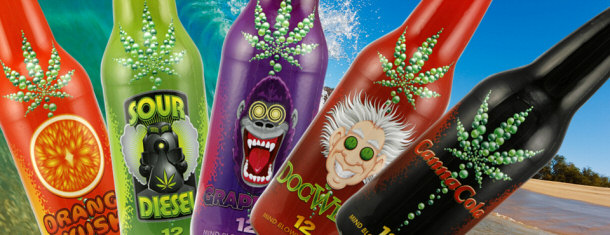
The drink is only sold in marijuana dispensaries where the use of medical
marijuana has been legalized.
5) Sodas Can Actually Charge a Cell Phone
In 2010, designer Daizi Zheng
developed a special cell phone for Nokia that featured a battery that could be
powered by soda. Carbohydrates in the soda generated the battery’s electricity.
Beyond this very limited application is the concept of charging a cell phone is
using an acid and potassium chemical reaction. Under certain conditions, this
method could be applied to charging any old cell phone.
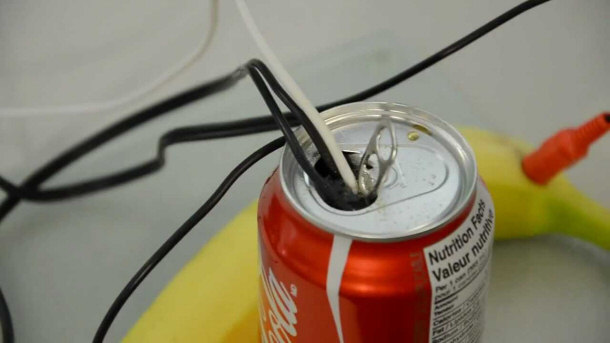
Therefore, in order to get the battery to operate, one only needed to pour
soda into the top of the cylindrical phone for charging. The only by-products
from the process were oxygen and water.
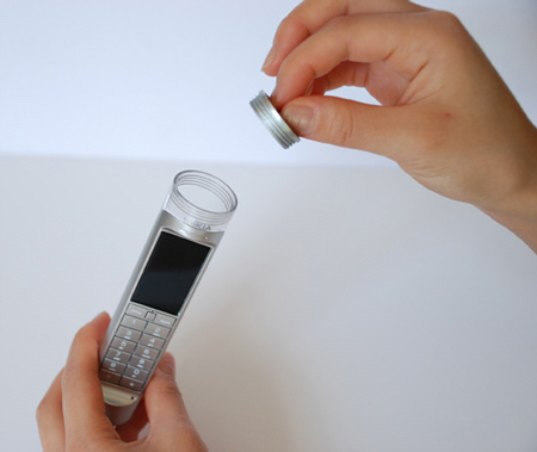
One of the benefits of the design was that the battery actually lasted longer
than the cell phone batteries that are charged by normal means. In fact, the
soda-charged phone lasted up to four times as long. Environmentally-friendly,
the soda-charged technology is biodegrade too.
4) Soda Drinks Can Be Used to Produce Diet Chocolate
While low-fat chocolate
generally does not taste as rich and delicious as chocolate containing fat,
scientists, in 2013, managed to prove otherwise. At that time, they came up with
a low-fat chocolate that tasted very similar to regular fat-filled chocolate.
They achieved this feat by using Diet Coke.
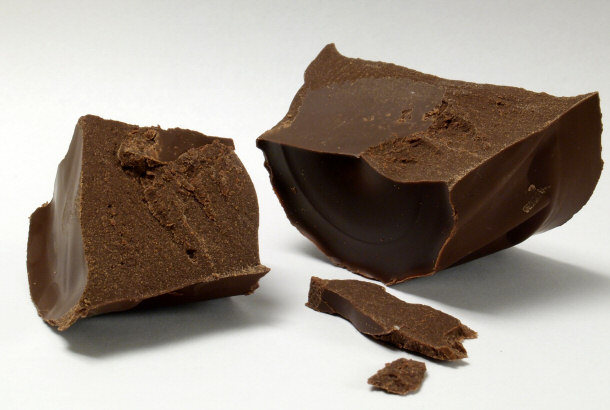
By SKopp
via Wikimedia Commons
In order to produce the chocolate then, chemists removed half of the fat
first before adding the soda. Further testing concluded that using fruit juice
proved to be equally successful as well. Because of the experiment, food
industry manufacturers may be able to produce low-fat chocolate in the future
that is much more flavorful.
3) The Burning Sensation that Comes from Drinking Soda is the Body’s Way of
Alerting a Person of Harm
Everyone who has consumed soda is familiar with the
burning feeling they experience in their throat as the result of carbonation.
According to a study conducted in 2010 by the University of Southern California,
that burning sensation is actually the body’s way of alerting one of possible
harm.
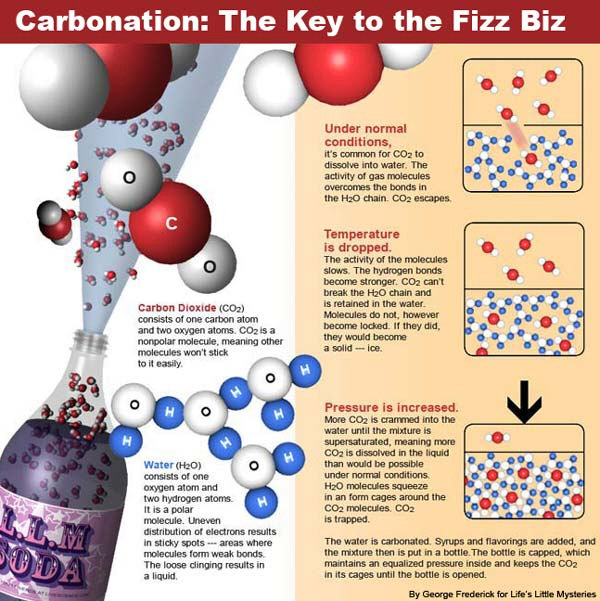
The body maintains the same response system when spicy or hot foods are
consumed as well, such as chilies, hot mustard or horseradish. It’s just the
system’s way of protecting its occupant.
2) The Most Successful Soda Company in the World Also Produced One of the
Worst-tasting Sodas in the World
Coca-Cola is by far the most popular and successful company in the world.
Well-known for its production of Coke, the company also manufactured a beverage
that wasn’t quite so well-liked. In fact, the drink is considered one of the
worst-tasting sodas of all time. Indeed, one had to acquire a taste for drinking
“Beverly” – a brand of soft drink that is universally loathed.
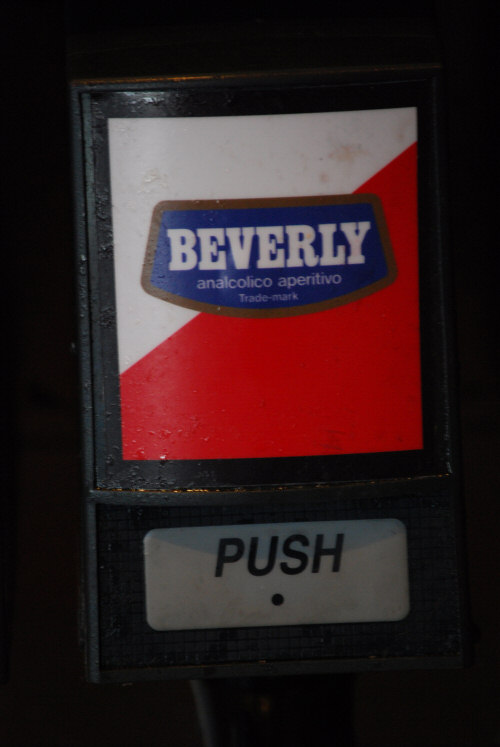
By HI22946
via Wikimedia Commons
The carbonated
drink, marketed as an aperitif, was once produced by the company’s Italian
division. Production of the bitter, astringent-tasting soda ceased in 2009.
1) Diet Sodas Cause People to Become Inebriated Faster When Mixed with
Alcohol
In 2013, researchers at Northern Kentucky University found that diet
soda, mixed with alcohol, causes a person to become inebriated sooner than when
regular cola is used.
After 40 minutes, participants who mixed diet cola with hard liquor were
found to be significantly drunker than drinkers who mixed liquor and regular
coke. The absorption of alcohol was slower in the regular cola drink as sugar is
interpreted as a food when it is used.
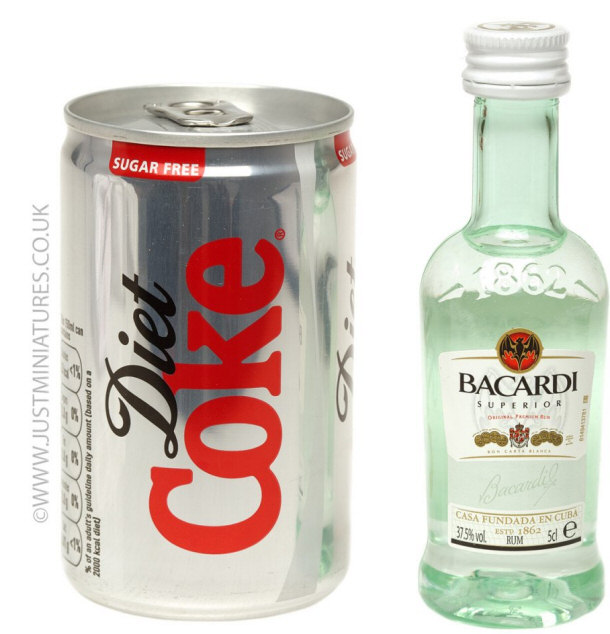
Soft Drinks Have Been Marketed Since 1676 Among fizzy sodas, the Schweppes
Company, which is Geneva-based, is known to have produced fizzy-type soft drinks
the longest. In 1831, the company began manufacturing a lemonade soda in the UK.
The tonic water, produced by the company today, was introduced in the 1870s.
However, the first company to produce non-carbonated soft drinks (also made
of lemonade) was Compagnie des Limonadiers- a Paris-based company. Beginning in
1676, vendors distributed the product by carrying tanks of the liquid on their
backs and selling it to the passing citizenry.
Conclusion
Soda has been produced since the 1800s – its draw exhibited by the drink’s
fizz and flavorings. Given its unique make-up, such drinks continue to impress
people with their memorable character and taste.
Drinks
15 Surprising Facts About Soda
15 Little Known Facts About Coca-Cola
10 Surprising Facts About the History of Brewing Beer
Top 15 Best American Beer Festivals
Top 15 Coca-Cola Myths Debunked
15 Common Wine Myths and Their Realities
15 Fascinating Facts in the World of Whiskey |